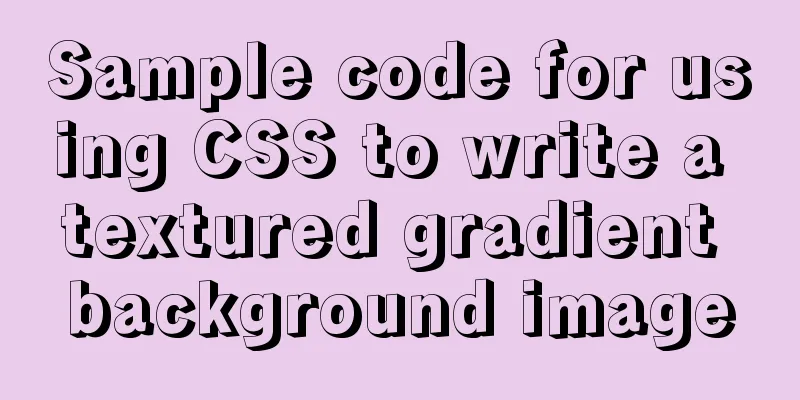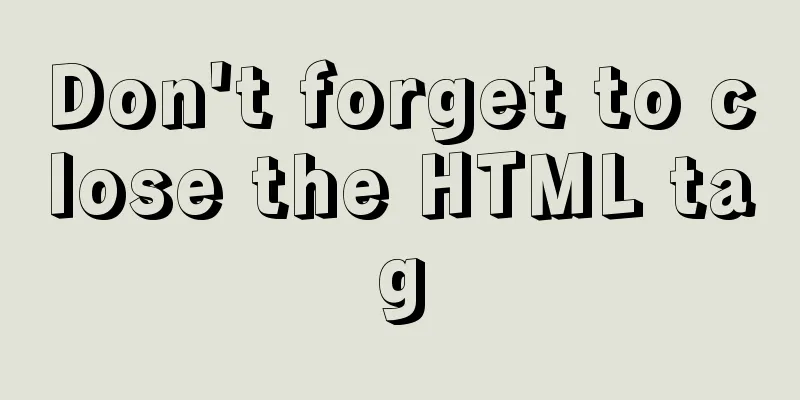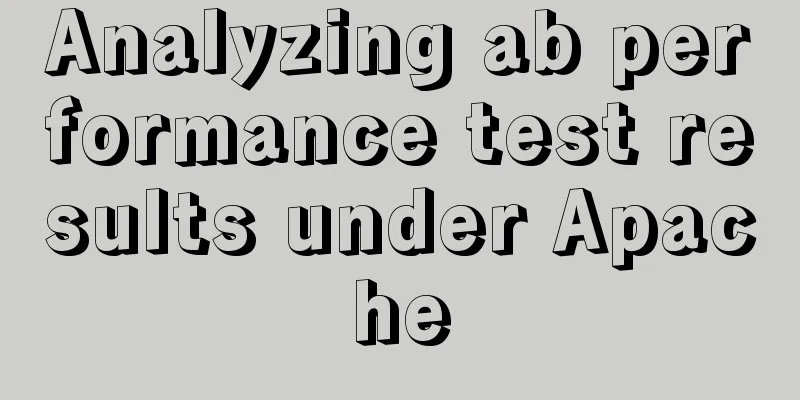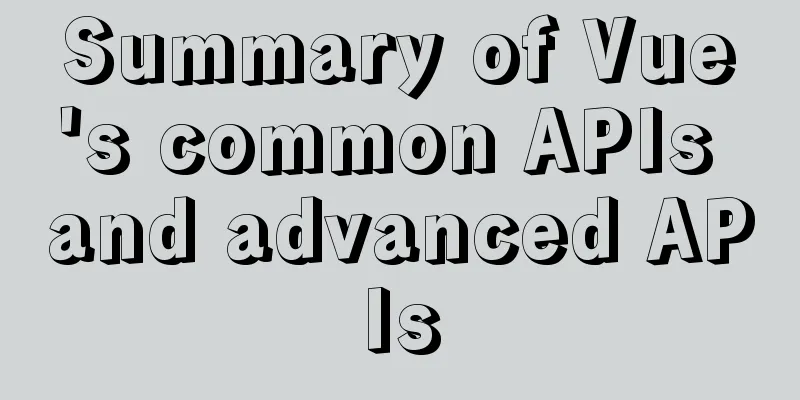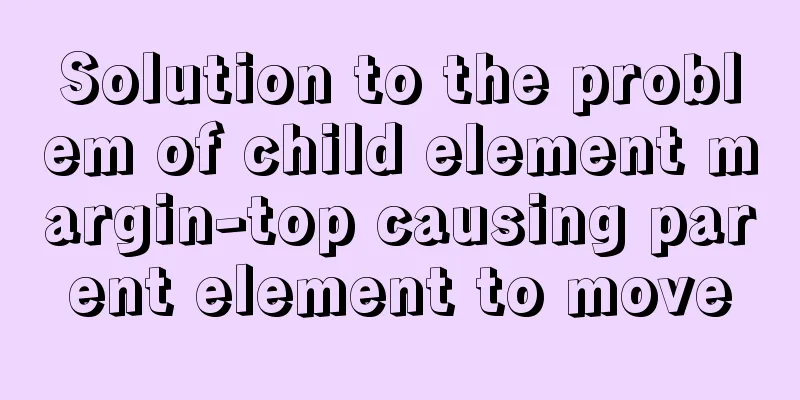Practice of dynamically creating dialog according to file name in vue+el-element
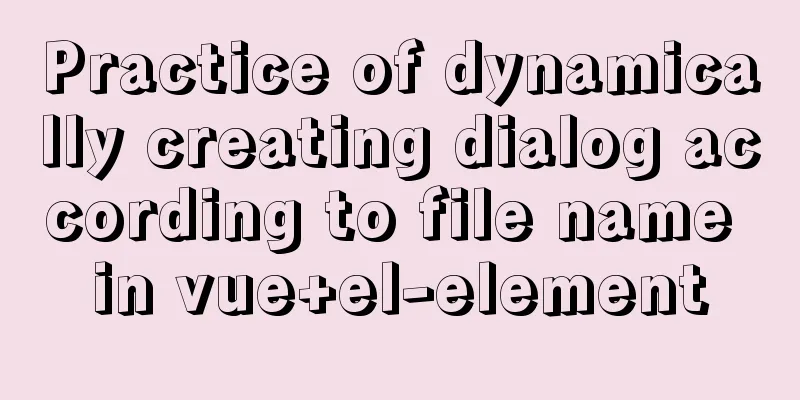
backgroundThe usual practice of using dialog boxes in a project is to encapsulate the dialog box into a component, import it where it is used, and then add it to the template, use visible.sync to control the display/hide of the dialog box, and listen to the confirm event to handle the user clicking OK. as follows:
<confirm-dialog
v-if="confirmDialogVisible"
:title="$t(`mineData.tips.deleteDataset`)"
:visible.sync="confirmDialogVisible"
@confirm="confimHandler"
></confirm-dialog>
In the encapsulated dialog, it is also necessary to update visible when closing and trigger the confirm event when confirming:
methods: {
close() {
this.$emit("update:visible", false);
},
confirm() {
this.close();
this.$emit("confirm");
}
}
This approach not only causes all dialog components to be introduced when the page is initialized, which affects the loading speed, but also causes a lot of trouble when many dialog boxes are introduced into the page, which makes the page very messy: you need to insert a section of HTML for each dialog box, maintain a separate visible variable for each dialog box, add a confirm event listener for each dialog box... Most of these operations are irrelevant to the business, and they are extremely similar. So, is there a way to dynamically create a dialog through js?
createDialog("confirm-dialog.vue");
Just like above, you can open the dialog box according to the file name, without defining visible and adding a bunch of HTML and event callbacks, and you don’t even need to introduce the dialog component first! Isn’t it simple! Are you excited? Keep reading. accomplish 1. Encapsulated /utils/dialogControl.js
import Vue from 'vue'
async function createDialog (fileName, data) {
const dialogsContext = require.context(
'../components', // Define the scope of the search file true,
/([a-zA-Z\-0-9]+)\.vue$/, // define file name rule 'lazy'
)
// Find the file with the passed name and load it let match = dialogsContext.keys().find((key) => key.includes(fileName))
if (!match) return
let componentContext = await dialogsContext(match)
let temp = componentContext.default
return new Promise(function (resolve, reject) {
// Initialize configuration parameters let opt = {
data
}
let component = Object.assign({}, temp)
let initData = {
visible: true
}
Object.assign(initData, component.data())
opt.data && Object.assign(initData, JSON.parse(JSON.stringify(opt.data)))
component.data = function () {
return initData
}
// Create a constructor to create an instance and mount let DialogC = Vue.extend(component)
let dialog = new DialogC()
// Close event let _onClose = dialog.$options.methods.onClose
dialog.onClose = function () {
resolve()
dialog.$destroy()
_onClose && _onClose.call(dialog)
document.body.removeChild(dialog.$el)
}
// callback event let _onCallback = dialog.$options.methods.onCallback
dialog.onCallback = function (...arg) {
try {
_onCallback && _onCallback()
resolve(arg)
dialog.$destroy()
_onClose && _onClose.call(dialog)
document.body.removeChild(dialog.$el)
} catch (e) {
console.log(e)
}
}
dialog.$mount()
// Clicking the close button will change visibility
dialog.$watch('visible', function (n, o) {
dialog === false && dialog.onClose()
})
document.body.appendChild(dialog.$el)
})
}
export { createDialog }
illustrate: 2. Receive a fileName parameter to match the dialog file to be opened, and the data parameter is the data passed to the dialog box, which will be merged into the component's data 3. Use the visible variable to control the display/hide of the dialog box 4. Define an onClose method to close the dialog box, which can be used to close the dialog box 5. The onCallback method is used to pass values to the parent component that calls the dialog box, such as passing values to the parent component when clicking the OK button 2.dialog file definition For example, in /components/ConfirmDialog.vue, the visible variable is used to control display/hide, onClose handles the close event, and the callback of the confirm button is onCallback (which is consistent with the definition in dialogControl.js).
<template>
<el-dialog title="Prompt" :visible.sync="visible" width="30%">
<span>Lorem, ipsum dolor sit amet consectetur adipisicing elit. Nesciunt quis
perspiciatis fugiat molestiae provident accusantium repudiandae fugit
Minima, eaque, repellat quibusdam iste sed ad? Debitis qui praesentium
minus incidunt esse!
<span slot="footer" class="dialog-footer">
<el-button @click="onClose">Cancel</el-button>
<el-button type="primary" @click="onCallback(true)">OK</el-button>
</span>
</el-dialog>
</template>
<script>
export default {
data () {
return {}
},
methods: {
}}
</script> 3. UseIntroduce the createDialog method in dialogControl and directly pass in the file name to open it. If there are other attributes, put them into the second parameter in the form of key-value pairs. These attributes will be merged into the data of the dialog component, so these attributes can be used directly in the dialog component. The createDialog method gets a promise object, and its then method can get the result returned by confirm.
<template>
<div>
<h1>This is an show page</h1>
<el-button type="primary" @click="openDialog">Open</el-button>
</div>
</template>
<script>
import { createDialog } from "@/utils/dialogControl";
export default {
methods: {
openDialog() {
let dialog = createDialog("confirm-dialog.vue");
dialog.then((v) => {
if (v) {
console.info("OK");
}
});
},
},
};
</script>The effect is as follows:
If you are still using the method at the beginning of the article to call the dialog box, then hurry up and use this method! refer to: https://www.freesion.com/article/43311065748/ This is the end of this article about the practice of dynamically creating dialogs based on file names in vue+el-element. For more relevant el-element dynamic creation of dialog content, please search 123WORDPRESS.COM's previous articles or continue to browse the following related articles. I hope you will support 123WORDPRESS.COM in the future! You may also be interested in:
|
<<: CentOS 7.6 batch add, modify and delete virtual network cards operation introduction
>>: HTML framework_Powernode Java Academy
Recommend
Front-end AI cutting tips (experience)
AI image cutting needs to be coordinated with PS....
jQuery Ajax chatbot implementation case study
Chatbots can save a lot of manual work and can be...
Detailed explanation of client configuration for vue3+electron12+dll development
Table of contents Modify the repository source st...
Vue large screen display adaptation method
This article example shares the specific code for...
vue cli3 implements the steps of packaging by environment
The vue project built with cli3 is known as a zer...
Complete steps for using Nginx+Tomcat for load balancing under Windows
Preface Today, Prince will talk to you about the ...
Solution to the problem of stuck when clicking Select All in Element's shuttle box with large amount of data
Table of contents Solution 1: Copy the transfer c...
Docker stop stops/remove deletes all containers
This article mainly introduces Docker stop/remove...
Notes on configuring multiple proxies using vue projects
In the development process of Vue project, for th...
Vue imitates Ctrip's carousel effect (sliding carousel, highly adaptive below)
Let's look at the case first. Use vue+swiper ...
Detailed explanation of function classification and examples of this pointing in Javascript
Three ways to define functions in JS Let me expla...
Several ways to introduce pictures in react projects
The img tag introduces the image Because react ac...
How to build LNMP environment on Ubuntu 20.04
Simple description Since it was built with Centos...
Vue uniapp realizes the segmenter effect
This article shares the specific code of vue unia...
In-depth understanding of the core principles of React Native (Bridge of React Native)
In this article we assume you already know the ba...

